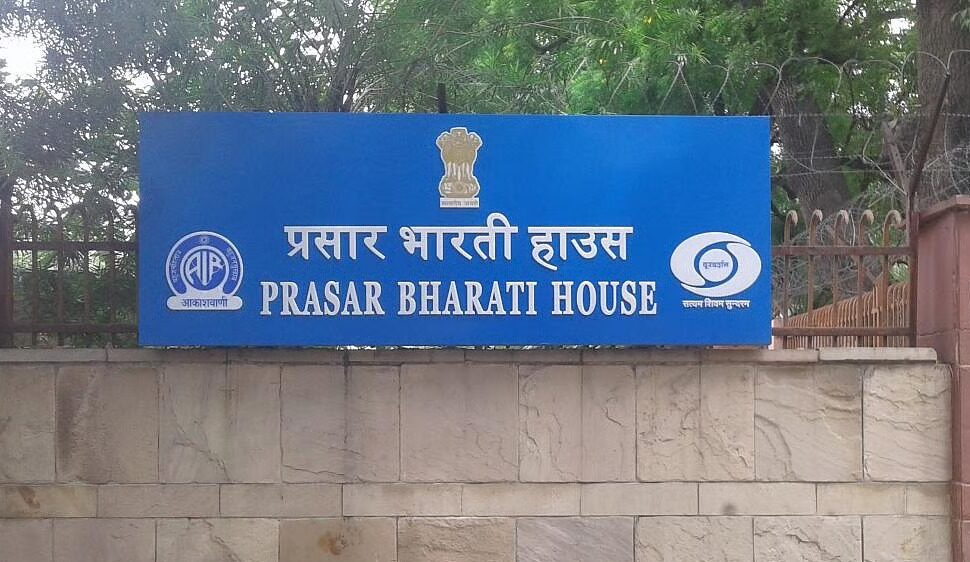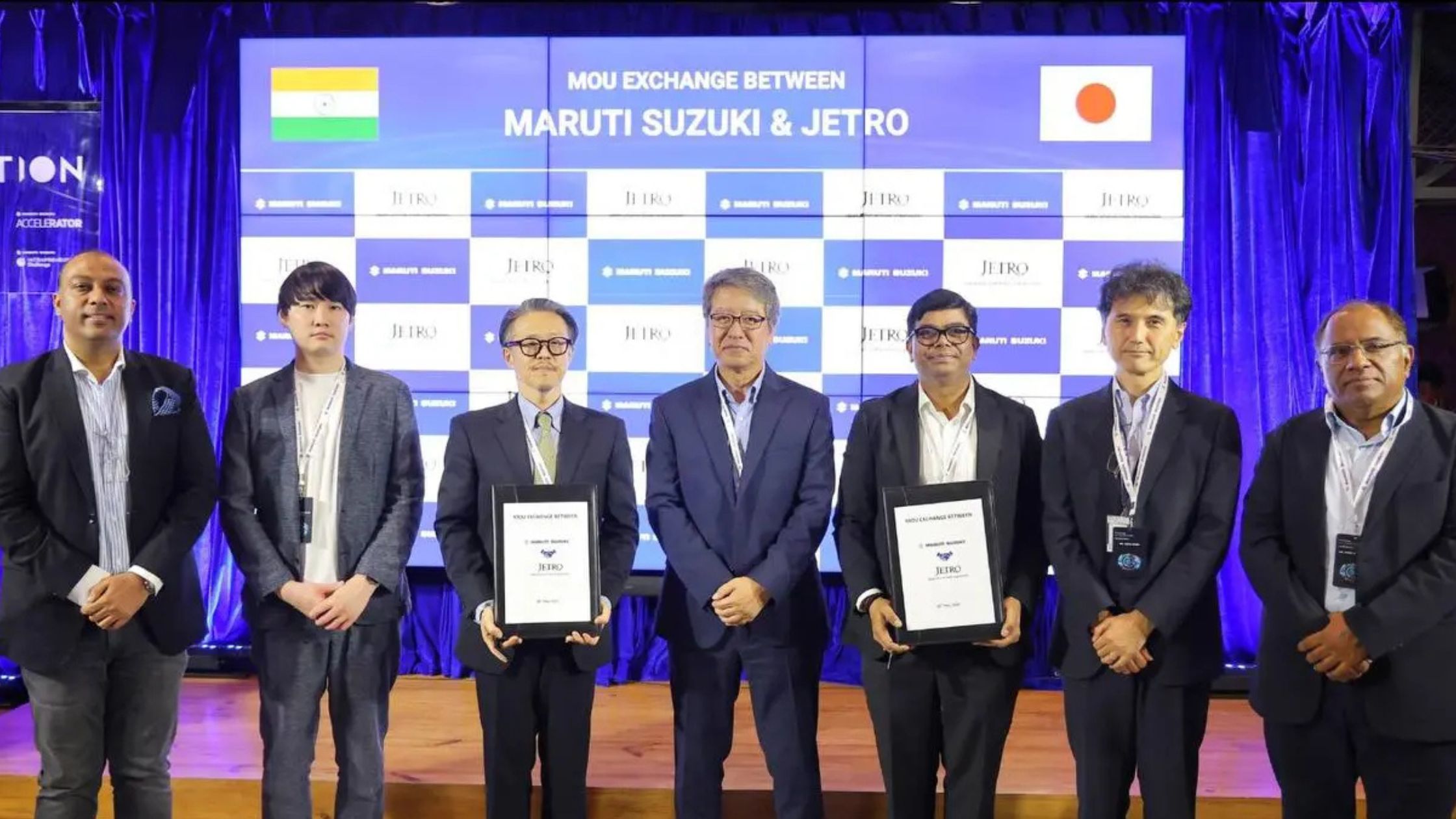No matter how much we advocate for gender equality and a shift in perspective towards women, there are still many ways women feel discriminated against and face hidden financial burdens—one of them being the Pink Tax that is draining women’s wallets mercilessly.
What is Pink Tax?
Women bear an invisible cost when purchasing everyday products and services. Whether it is personal care, apparel, healthcare, or hygiene products, companies keep the prices on the higher side for women as compared to men products more or less falls in the same category.
Though not a government-imposed tax, the Pink Tax acts as an unfair surcharge you pay to be born as a female. It reflects the biased pricing strategies and malpractices of the companies marketing their products to women and their male counterparts.
This hidden surcharge leads to women spending significantly more money over their lifetimes—simply for being female!
Areas Where Women Pay More
As compared to the men’s products of the same category, females pay more just because they are marketed as pink. Even in the kids’ section, girls’ apparel and toys are priced higher than boys’ equivalents.
Here are some areas where women pay more than men:
Apparel & Fashion Add-ons
- Be it ethnic or western wear, women pay extra for jeans, t-shirts, shoes, accessories and what not. Even girls’ clothing sections are often found to be priced higher than boys’.
- Fashion add-ons like handbags and jewellery also tend to have higher markups.
Personal Care & Hygiene Products
- Grooming products like razors, body washes, shampoos, and personal care products including skincare range, deodorants, and lotions marketed to women often cost 7–13% more than similar men’s products. Example: A pink razor costs more than a blue one with the same features.
- Feminine hygiene products such as sanitary pads, tampons, mensural underpants, and panty liners are considered luxuries but not necessities.
Healthcare
- Women sometimes pay higher health insurance premiums despite having longer life expectancies due to the perception of higher medical expenses.
Loans & Credit Cards
- Women may face higher interest rates as they are often considered “higher-risk borrowers” due to career patterns.
Services
- Unlike men, women have to pay extra to get their hair cut and groom themselves.
- Other services like dry cleaning, car repairs etc, females have to pay more.

Pink Tax- The Impact on Women
Financial Burden
The Pink Tax continues to impose a significant financial burden on women not only in India but globally. With comparatively less earnings, women are forced to spend more on their shopping.
An Environment of Disparity
In the Indian scenario, some marketers take advantage of gender stereotypes to justify their higher price points like pink packaging, promises to enhance the skin tone, and more, which creates an environment of disparity as male counterparts don’t have to face such difference.
Reduced Savings & Investment Opportunities
Unlike men, women spend more with their lower salary figures, which ultimately hinders financial independence. They tend to save less and have fewer investment opportunities to grab.
Diminished Purchasing Power
The Pink Tax, combined with the gender pay gap, significantly reduces women’s purchasing power, affecting their ability to participate in the economy on equal footing with men. This financial imbalance has several long-term consequences.
Strategies to Overcome the Pink Tax
Smart Purchasing
For products that are similar in usage, females can prefer using the ones that are available for men like razors, unisex deodorants, etc.
Choose Unisex Products
Instead of choosing clothes and accessories from the high-priced sections of women, you can opt the unisex products that are comparatively less heavy on your pocket.
Use your Consumer Rights
Although India lacks specific laws prohibiting gender-based pricing, consumers can leverage the Consumer Protection Act of 2019 to challenge unfair pricing practices and demand fair treatment in the marketplace.
Spread Awareness
Educate friends and family about the Pink Tax. The more informed consumers are, the less effective this unfair pricing strategy becomes.
Boycott Brands with Unfair Pricing
Consumers can help eliminate the Pink Tax by boycotting brands that overcharge women and supporting businesses that follow fair pricing practices.
End Note
Eliminating the Pink Tax is not just about fair pricing—it is about ensuring equal financial opportunities for women. Governments, businesses, and consumers must take steps to challenge gender-based pricing, promote transparent pricing policies, and advocate for economic fairness.
By addressing these disparities, we can move toward a more equitable and inclusive economy where women are not unfairly penalized for their gender.
Also Read: Why Did Prince William and Kate Get a Bollywood Welcome?





















